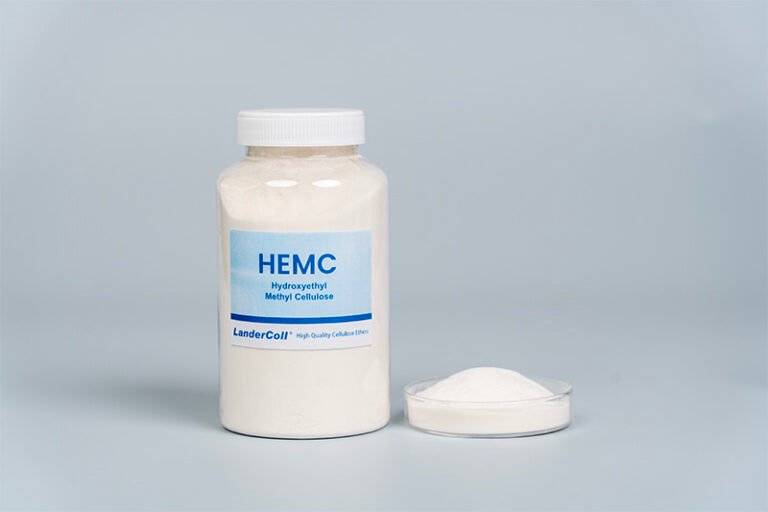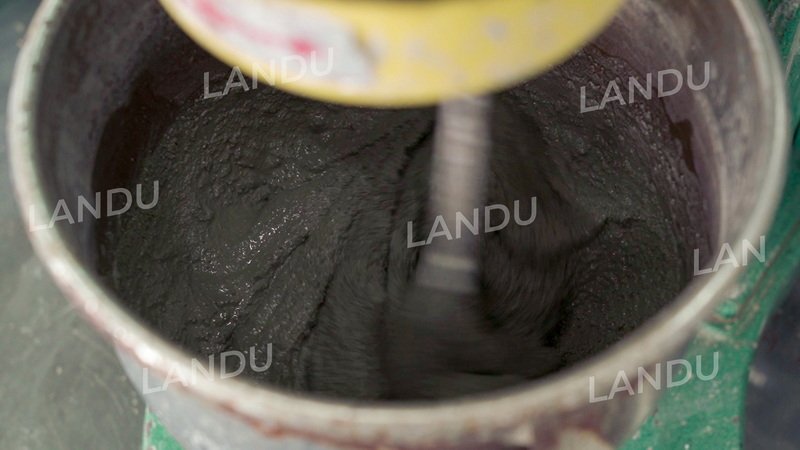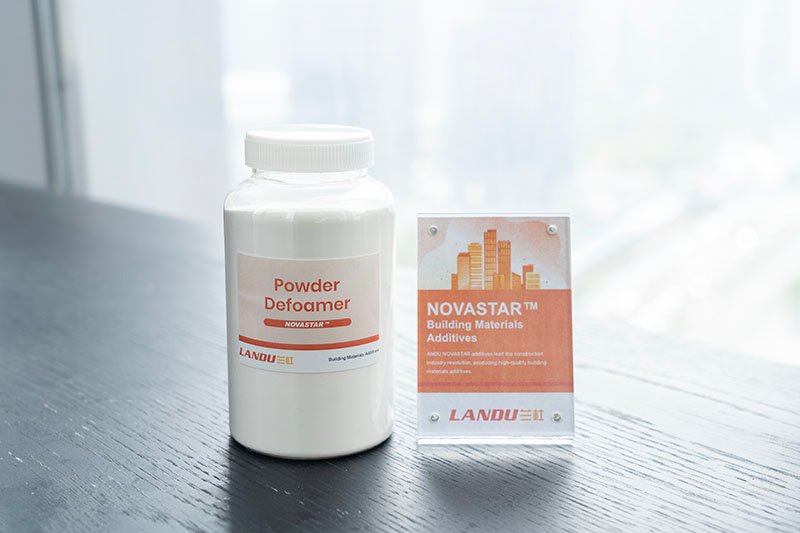
Foam may look harmless, but in building materials it can weaken mortars, crater coatings, and leave pinholes in sealants. The right defoamer—selected and dosed correctly—controls air without sacrificing workability, adhesion, or finish. This guide explains how defoamers work, where they add the most value in construction, and how to select, test, and troubleshoot them effectively.


Mixing and pumping trap air under high shear.
Surfactants (wetting agents, superplasticizers, dispersants) stabilize bubble films.
Reactive systems (cement hydration, gypsum setting) generate gases at interfaces.
Antifoam: prevents bubbles from forming (proactive).
Defoamer: breaks existing foam (reactive).
Most commercial products combine both effects.
Lower and stable air content.
Smoother surfaces with fewer pinholes, craters, or voids.
Maintained flow, adhesion, and strength.
Silicone-based (PDMS emulsions, silicone compounds)
Fast knockdown, persistent at low dosage, wide pH/temperature range.
Ideal for cementitious systems and waterborne coatings.
Risk: surface defects in high-gloss finishes if overdosed.
Mineral- or oil-based (hydrocarbon oils, waxes, hydrophobic particles)
Cost-effective; good for gypsum, adhesives, and paints.
Strong at controlling macrofoam; weaker against microfoam in high-PVC coatings.
Polyether blends (EO/PO)
Lower risk of surface defects.
Common in clear coats and adhesives where silicone contamination is a concern.
Powdered defoamers
Granules that activate when mixed with water.
Best for dry-mix mortars, tile adhesives, grouts, and self-leveling compounds.
Surface tension & spreadability: speed of bubble film destabilization.
Insolubility & persistence: balance between washout resistance and surface defects.
Compatibility: with superplasticizers, thickeners, pigments, coalescents, and latex.
Pain points: air reduces density/strength; pumps churn foam; PCE superplasticizers worsen stability.
Benefits: tighter pore structure, stronger strength, smoother finishes, less pump cavitation.
Note: distinguish between unwanted foam and engineered air entrainment for freeze–thaw durability.
Pain points: foamy slurries weaken cores and edges.
Benefits: controlled density, better nail-pull strength, fewer defects, stable line speed.
Common choice: oil-based or silicone emulsions, dose adjusted by line conditions.
Pain points: microfoam during tinting/rolling, macrofoam in spraying, craters and orange peel.
Benefits: smoother drawdowns, maintained gloss and DOI, faster deaeration.
Strategy: combine a fast-acting grind-stage defoamer with a persistent letdown-stage defoamer.
Pain points: entrapped air weakens bonds, creates voids, and causes pinholes.
Benefits: denser bonds, stronger adhesion, pinhole-free SLUs.
Tip: powder defoamers for dry blends; polyether/silicone liquids for adhesives.
Cementitious systems: silicone emulsions or powder defoamers.
Gypsum: oil-based or silicone emulsions.
Coatings: coating-grade silicones or polyethers, matched to gloss level.
Adhesives/Sealants: low-migration, residue-controlled defoamers.
Typical Dosage (validate with trials):
Cementitious: 0.01–0.30% (10–500 ppm active).
Gypsum: 0.02–0.20% on stucco solids.
Paints: 0.1–1.0% total.
Adhesives/Sealants: 0.05–0.50%.
Mixing Guidelines:
Add early for prevention, late for quick knockdown.
Pre-dilute viscous defoamers for even distribution.
Blend powders uniformly; protect from moisture.
Key Measurements: density, air content, flow/slump, viscosity, compressive/flexural strength, surface porosity, gloss, DOI.
Common Issues & Fixes:
Persistent foam → use more hydrophobic silicone, adjust surfactants.
Craters/fisheyes in coatings → reduce dose, use polyether blend.
Loss of freeze–thaw air → separate addition points, reduce dose.
Pinholes in SLUs → increase dose slightly, use faster defoamer, prime substrate.
Pump cavitation → add knockdown dose, reduce recirculation, check hose setup.
VOC compliance: use low-VOC defoamers, check local regulations.
Safer formulations: APEO-free, SVHC-free.
Silicone sensitivity: use polyether or non-silicone grades when migration risk exists.
Worker safety: prevent slips, ensure ventilation, follow SDS.
Sustainability: choose bio-based oils, high-efficiency actives, and products compatible with low-carbon binders (SCMs, geopolymers).
Identify the system (cement, gypsum, coating, adhesive, SLU).
Map constraints (pH, temperature, shear, gloss, air-entrainment).
Shortlist chemistry (silicone, oil-based, polyether, powder).
Plan dosage trials.
Validate performance (air, finish, strength, adhesion).
Lock the spec and QC checks.


Q: Will a defoamer harm freeze–thaw durability?
A: Possibly. Use the minimum effective dose, separate addition points, and verify void parameters.
Q: Can one defoamer serve mortar, paint, and adhesive lines?
A: Rarely. Each system has unique chemistry and requirements.
Q: Why does microfoam persist in high-PVC paints?
A: Use a grind-stage + letdown defoamer combo, adjust dispersants, and allow hold time.
Q: How do I know if I’m overdosing?
A: Look for craters, fisheyes, poor recoat, slip issues, or unexpected air loss. Step back the dose gradually.
Q: Are powder defoamers as effective as liquids?
A: Yes, in dry-mix mortars and SLUs, if evenly blended and protected from moisture.
LANDU is on standby here to help you find the right solution for your needs. Whether you need free consultation, technical guidance, product samples, or logistical support, our team is ready to assist!

Torres brings over 10 years of experience in the chemical and cellulose ether industry, specializing in HPMC applications across the construction, pharmaceuticals, personal care, and food sectors. With a deep understanding of market needs and regulatory standards, he is dedicated to helping customers in Europe find the right HPMC solutions for their unique requirements.

Cynthia combines technical precision with a problem-solving mindset, helping clients resolve challenges and optimize HPMC for their specific needs. She is responsible for quality control, performance testing, and failure analysis of HPMC across multiple industries. Whether you’re testing a new formulation or diagnosing inconsistencies, Cynthia provides data-driven insights for reliable results.

Our team ensures high standard!and flexible solutions for various
customer needs.